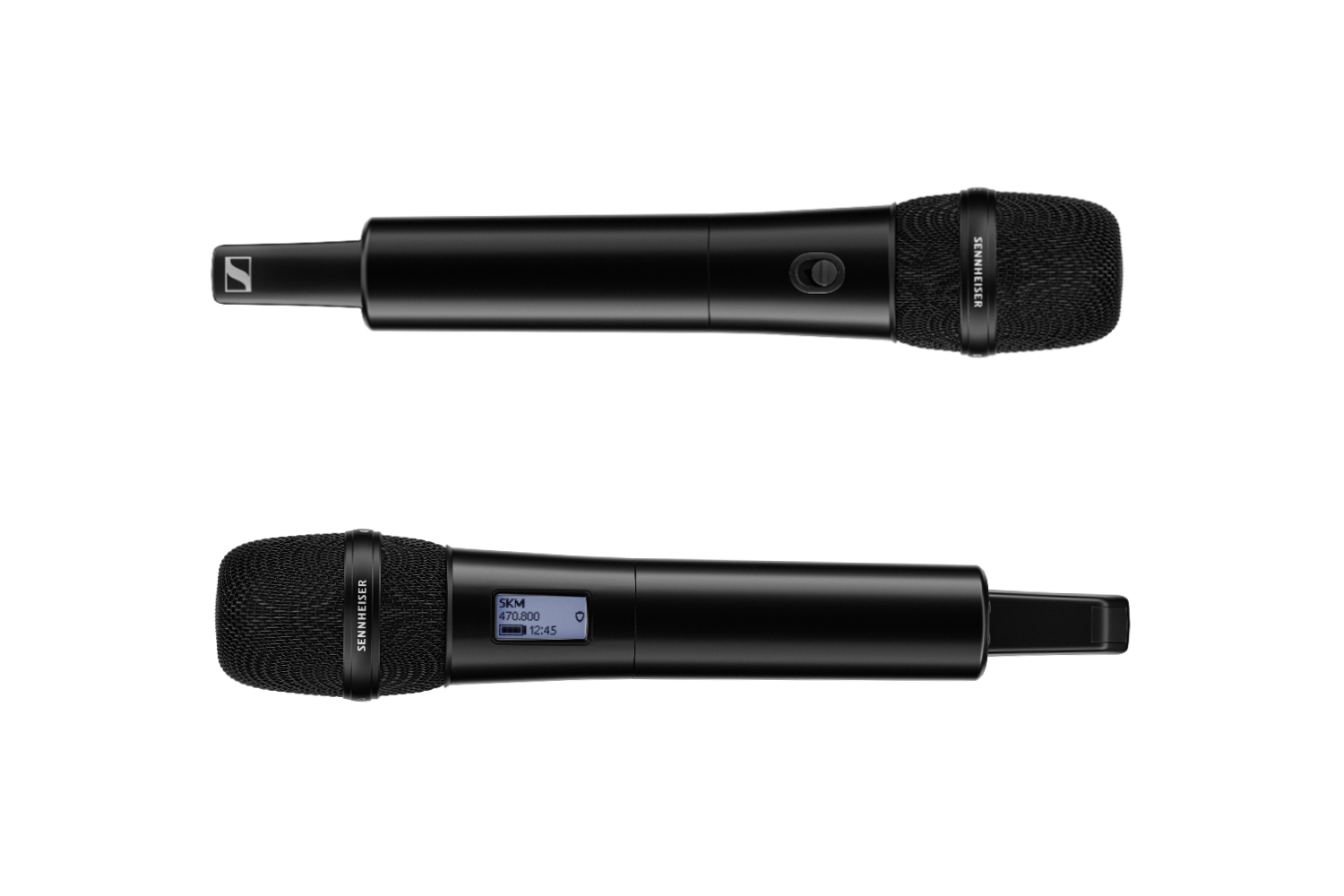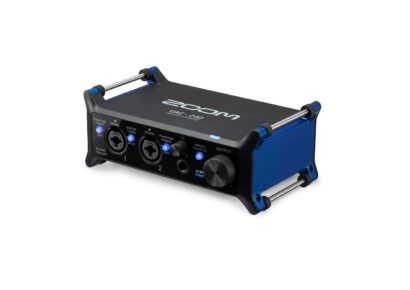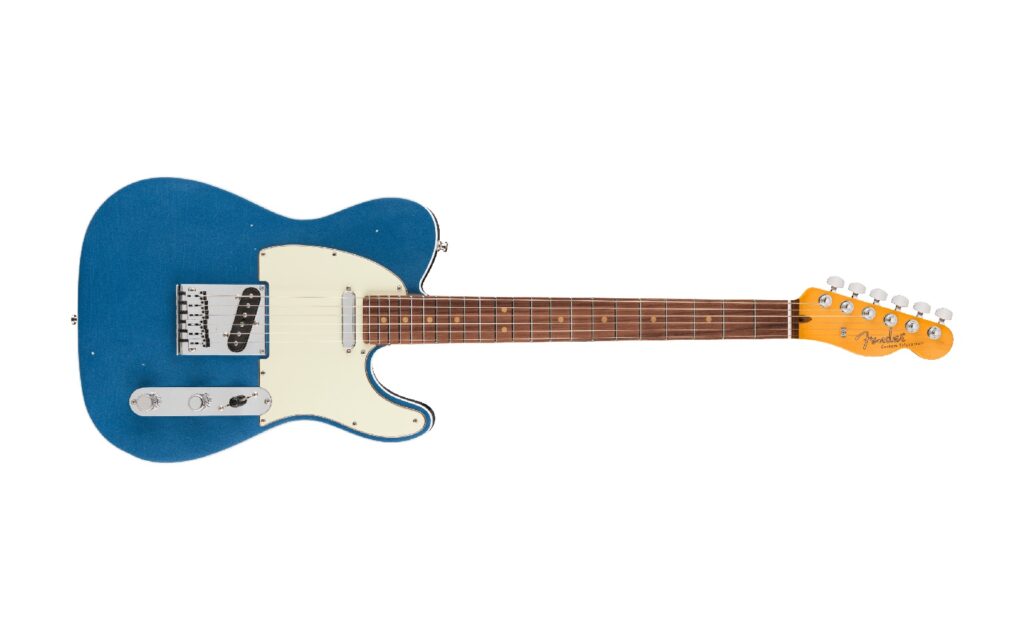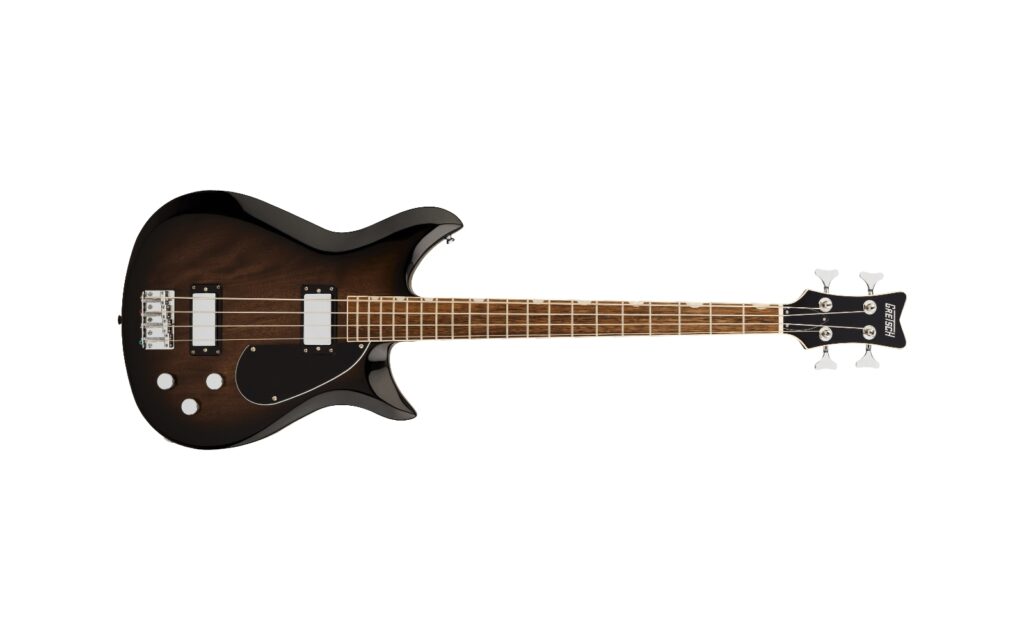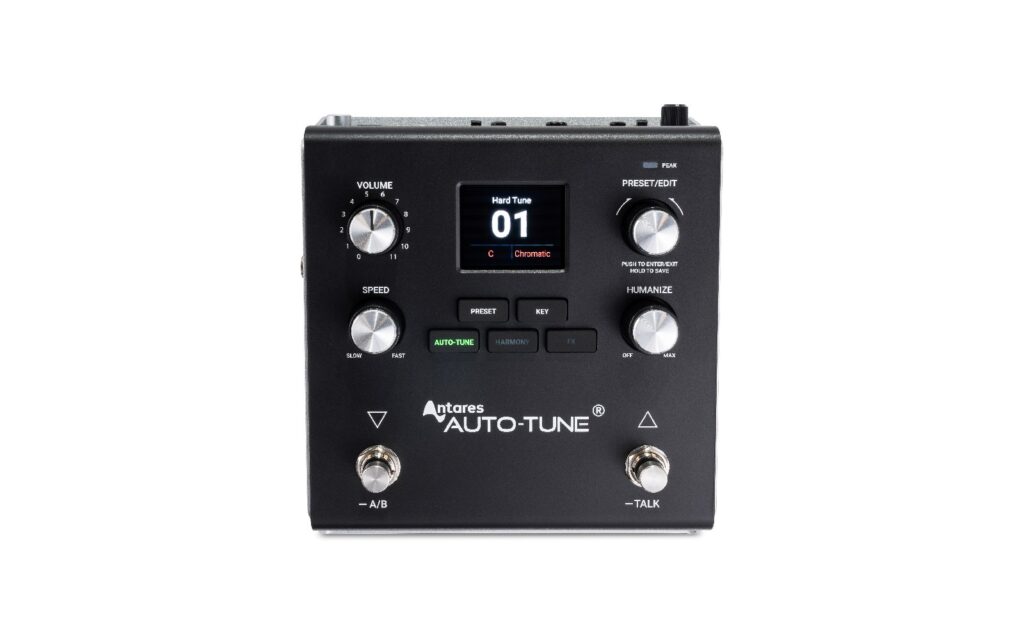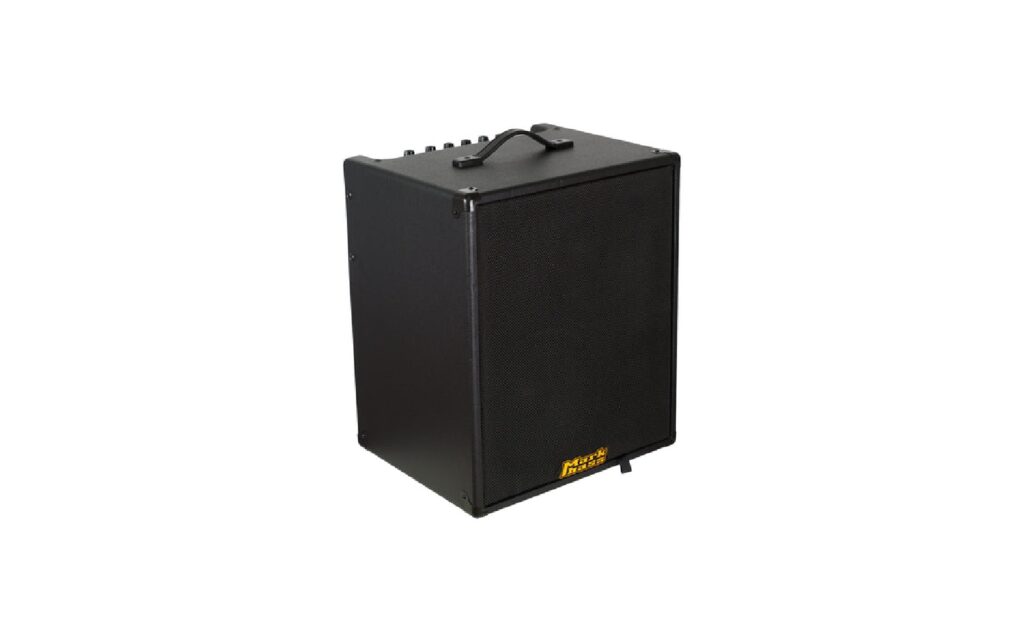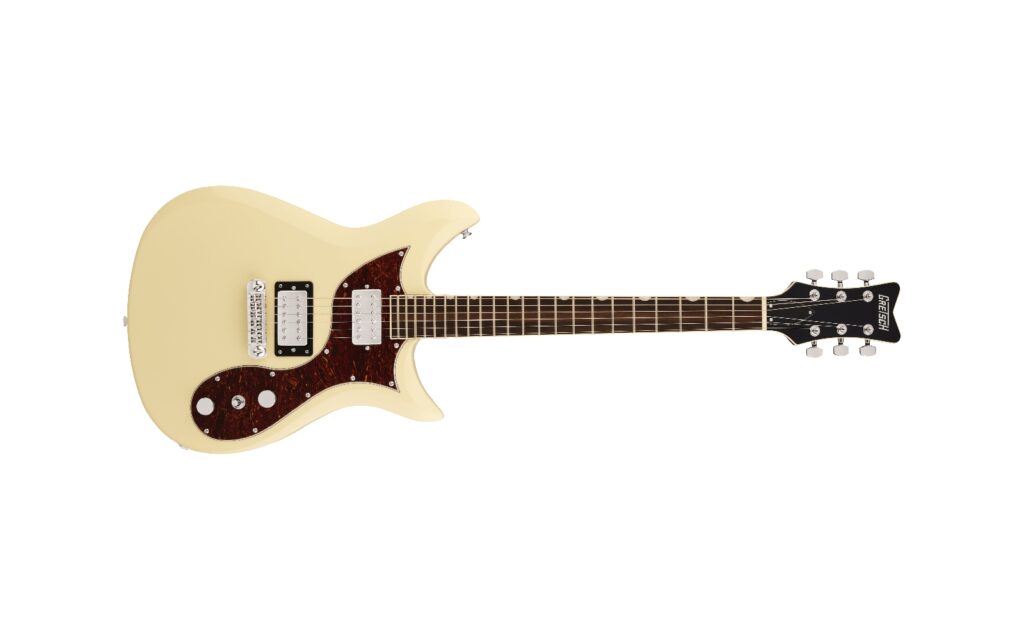Sennheiser EW-DX | Sennheiser | RRP: AUD $4,099.00
The Evolution Wireless Series of microphones and instrument transmitters from Sennheiser have shaped the way professional musicians expect their equipment to operate. From the first generation of these systems, Sennheiser has delivered quality, sturdy transmitters and receivers using the best technology available at the time. I’ve seen several upgrades over the past two decades and all offer improved features and performance. So, I was excited to get my hands on one of the new EW-DX sets to see what they have to offer. This month, I found the dual handheld system landing on my desk with a pair of transmitters offering the quintessential Sennheiser 835 capsules. Let’s take a closer look.
Read more gear reviews here.
Before we rip the box apart, here’s a rundown of the offerings in the EW-DX range. These dual transmitter sets include a single two-channel receiver unit, so you’re not having to deal with added boxes or power supplies. They keep things neat and simple for when more than one wireless transmitter is required on stage. And let’s face it, that’s just about all the time. There are a number of options available at present. These include the dual handheld system we’re talking about today, as well as a dual body pack set with lavalier microphones and a combination set with one handheld transmitter and one body pack transmitter. So, there are options for a variety of musical performers and AV applications.
The EW-DX 835-S set that we’re talking about in this review however, features two SKM-S handheld transmitters. These are fitted with Sennheiser’s 835 capsule, which is the backbone of the Evolution microphone range. It offers a cardioid pickup pattern and a beautifully articulated audio capture that delivers clarity right across the frequency range without any unwanted bumps in certain problem areas. It’s why the 835 is such an easy fallback option for a handheld microphone. You don’t need an audio engineer to incessantly adjust the EQ to get it to sit in the mix, it just sounds right out of the box. With a maximum SPL of 154dB, they are capable of working with the most delicate of spoken word presentations right up to the loudest of rock nights. The transmitters I received have silent mute switches on them, but are also available without. The housing itself is a solid steel construction that is designed to go out on the road and take the rigours of touring.
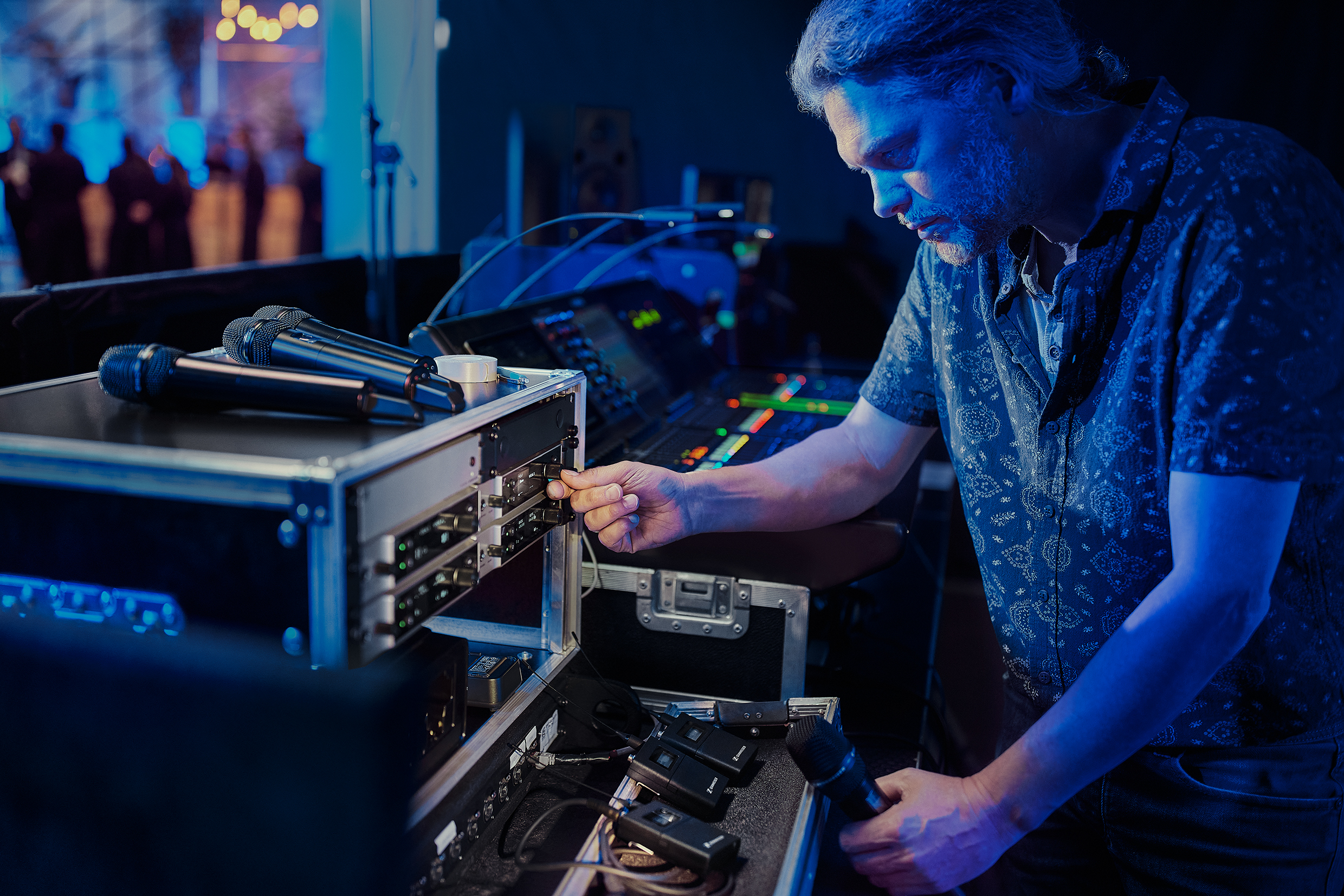
Sennheiser’s removable BA70 rechargeable batteries are supplied in the set so you don’t have to worry about always buying packs of AA’s every time you go to the supermarket. With up to 12 hours’ battery operation, there are few limitations to what you can achieve with this system. Setting the system up is as simple as you need it to be too. The transmitter has a 134 dB input dynamic range, which sounds pretty impressive if you’re not sure what that means. Essentially, you’ve got enough headroom on these to not have to worry about adjusting gain settings at the input stage.
The EW-DX sets have been designed to operate as a single system with just the two transmitters, as well as component in a larger wireless audio array for concerts, festivals, conferences and broadcast. They use an AutoScan feature that scans the area to assign frequencies to the transmitters that have an equal channel spacing. Thanks to this equidistant spacing, more frequencies can be fitted within a given section of the spectrum. When several sets are used, one receiver can do the frequency scan for the entire system. Sennheiser has taken all that headache away by enabling the EW-DX to do the critical thinking and deployment of transmitters and receivers within the same environment.
So, what about the sound? Well, Sennheiser boasts an impressive 1.9ms latency with the use of their proprietary SePAC audio codec. If you’re able to hear that sort of latency, you’re probably kidding yourself to begin with. There is no distinguishable difference in delay time between these and a wired 835 capsule. In fact, the audio signal itself is right up there, and one could almost say it’s an improvement on the conventional wired 835 without the noise that can come from substandard cables. Both microphones deliver clear, crisp vocals on separate channels from the receiver unit. Very little handling noise is distinguishable also, as the capsules are well supported within the microphone housing to reduce unwanted vibrations.
On the receiver unit, unbalanced outputs are offered on 6.3mm TS connections for both channels, and balanced outputs are offered on XLR connections. Separate aerial connections are located on the rear of the unit for both transmitters and an ethernet connection is included for larger network setups. These same EM-2 half-rack spaced receivers are used on all the systems and can be configured to work with any of the EW-DX transmitters. You can rack multiple units together for ease of storage or transport and make the most of your system with reduced space and cabling.
When you’re thinking about a wireless solution for corporate meeting rooms, houses of worship applications, conventions, outdoor presentations or live music, Sennheiser have you covered with amazing quality audio, perfect transmission and more microphones than ever before. Check out the new EW-DX 835-S set for yourself. I am sure you’ll agree it is a cut above the alternatives in the field, or the church, or the meeting room, or the pub.
For more information, head to Sennheiser‘s website.
